Katana Masahide - 6982
Information about the blacksmith:
Name as blacksmith: Suishinshi Masahide
Real name: Kawabe Gihachiro
Pupil of: Miyagawa Yoshihide
Region: Dewa
Suishinshi Masahide was born in the middle of the 18th century and learnt his craftsmanship by making agricultural tools. In 1771, he was apprenticed to Miyagawa Yoshihide in Akayu and learnt swordsmithing in the style of the famous Shitahara school.
He later returned to his native Dewa region and served Akimoto Tsunetomo, the lord of Yamagata Castle. It was during this time that he began to use the name Suishinshi.
Masahide focused on the renewal of Japanese swordsmithing techniques and used the fukko method, which revolutionised the ancient art of swordsmithing. His commitment attracted swordsmiths from all over the country and he trained masters such as Taikei Naotane, Hosokawa Masayoshi and Chounsai Tsunatoshi. His influence and innovations made him an important figure in the history of the Japanese sword. He is also known as the father of Shinshinto.
Information about Japan from the time the sword was made:
Production period: 1815
Sword epoch: Shinshinto
Political epoch: Edo period
Shogunate: Tokugawa
Shogun: Tokugawa Ienari
Information about the sword:
Mei (signature on the tang):
"Kawabe Gihachiro Fujiwara Masahide" on Omote
"Bunka Juninen Hachigatsu-bi" on Ura
Nagasa (blade length): 65.6cm
Sori (curvature): 1.6cm
Sakihaba: 23.4mm
Sakigasane: 6.0mm
Motohaba: 32.9mm
Motogasane: 9.2mm
Sound design: Shinogi-zukuri, Iori-mune
Hamon: Gunome Choji
Jitetsu: Itame
Boshi (hardness pattern on blade tip): Massugu Haittte Omaru ni Kaeru
Nakago (blade fishing rod): Ubu
Blade weight: 810g
The condition of the blade is excellent. The NBTHK categorises the blade as Tokubetsu (particularly worthy of preservation).
Very nice blade with Itame Hada with a bright and shiny surface. The hamon is a mixture of gokunome and choji. Hataraki such as ashi and yo are present within the ha.
The name "Kawabe Gihachiro Fujiwara Masahide" and an additional stamp signature are engraved on the front of the nakago. The date "12 August Bunka" can be read on the reverse. The blade was therefore made in August 1815.

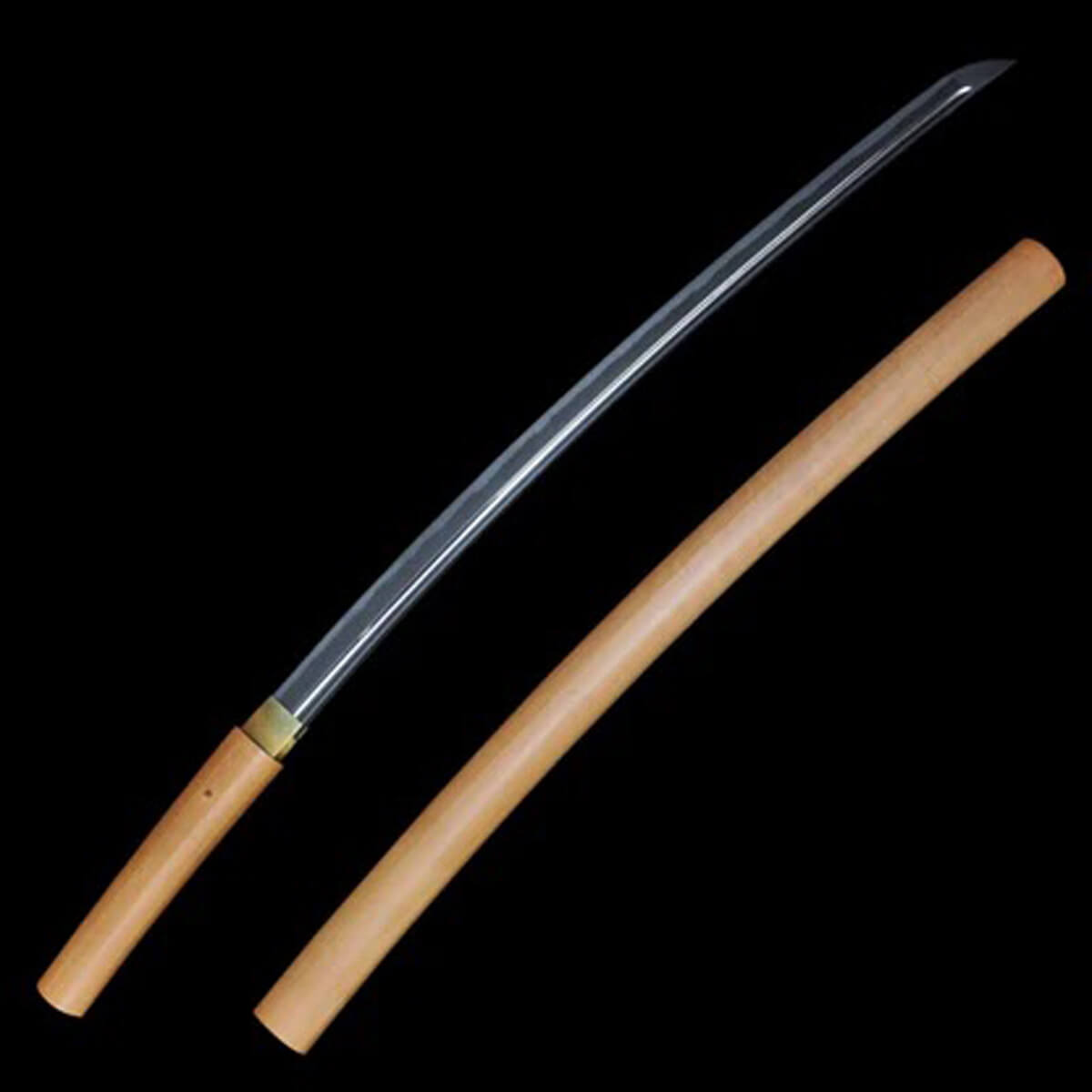
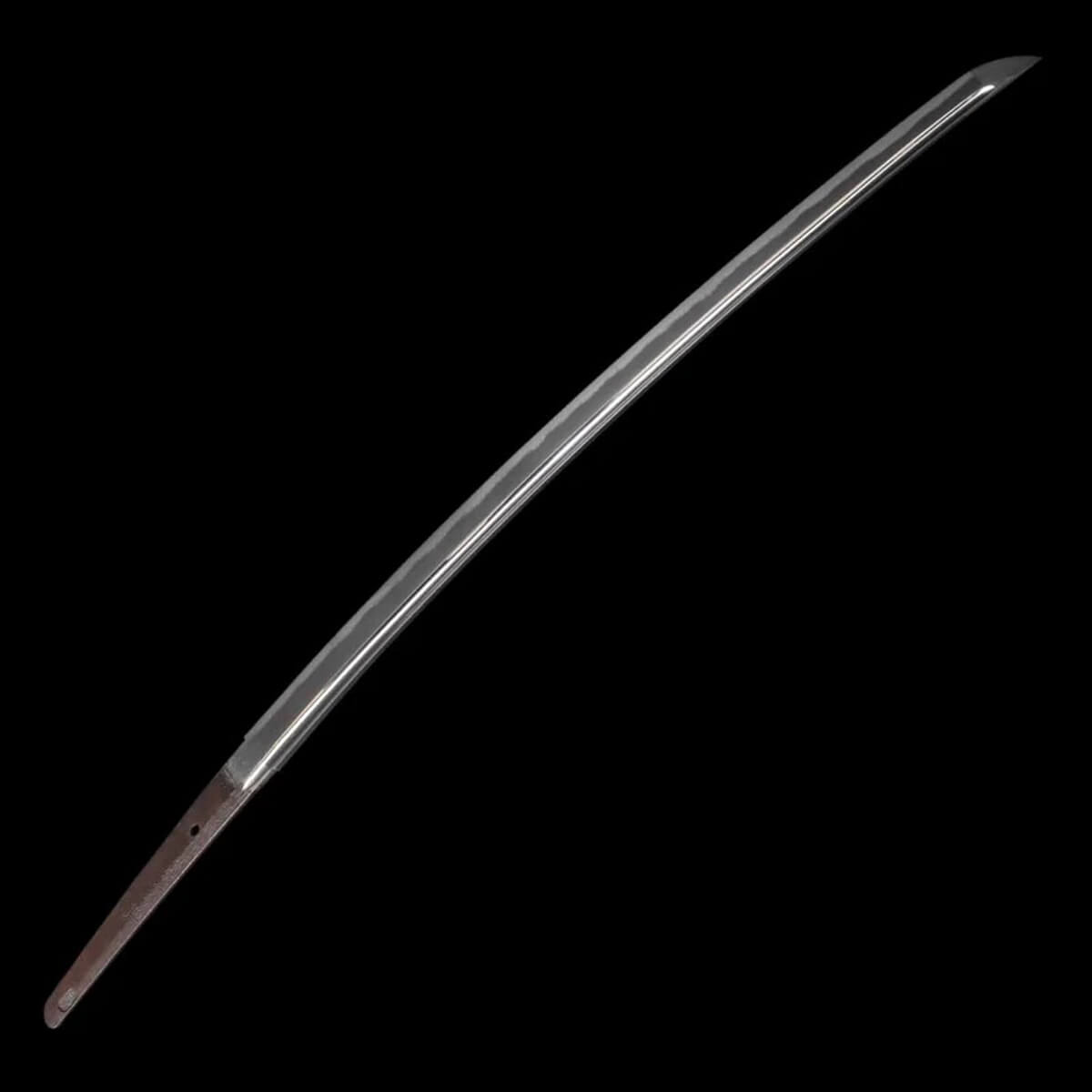
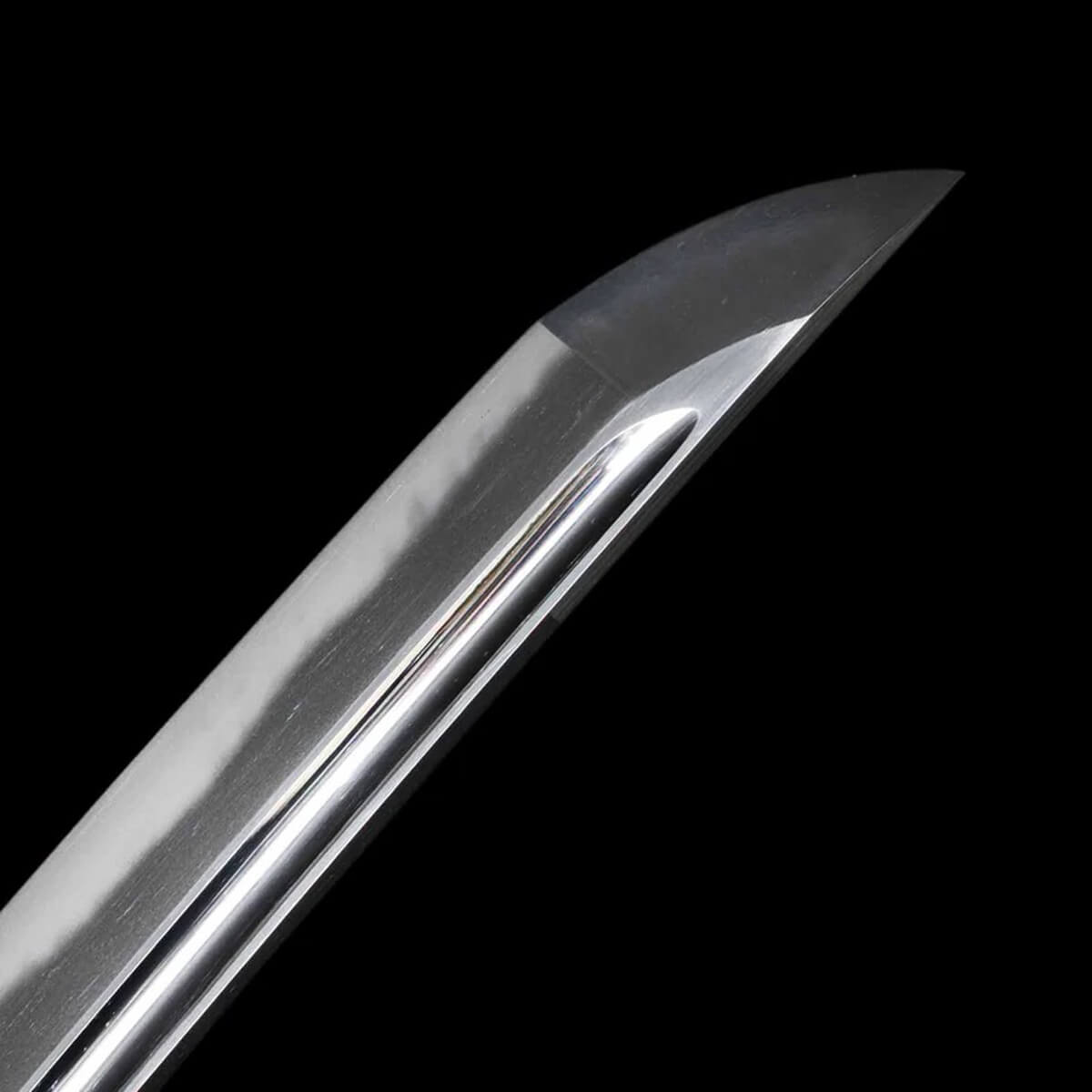
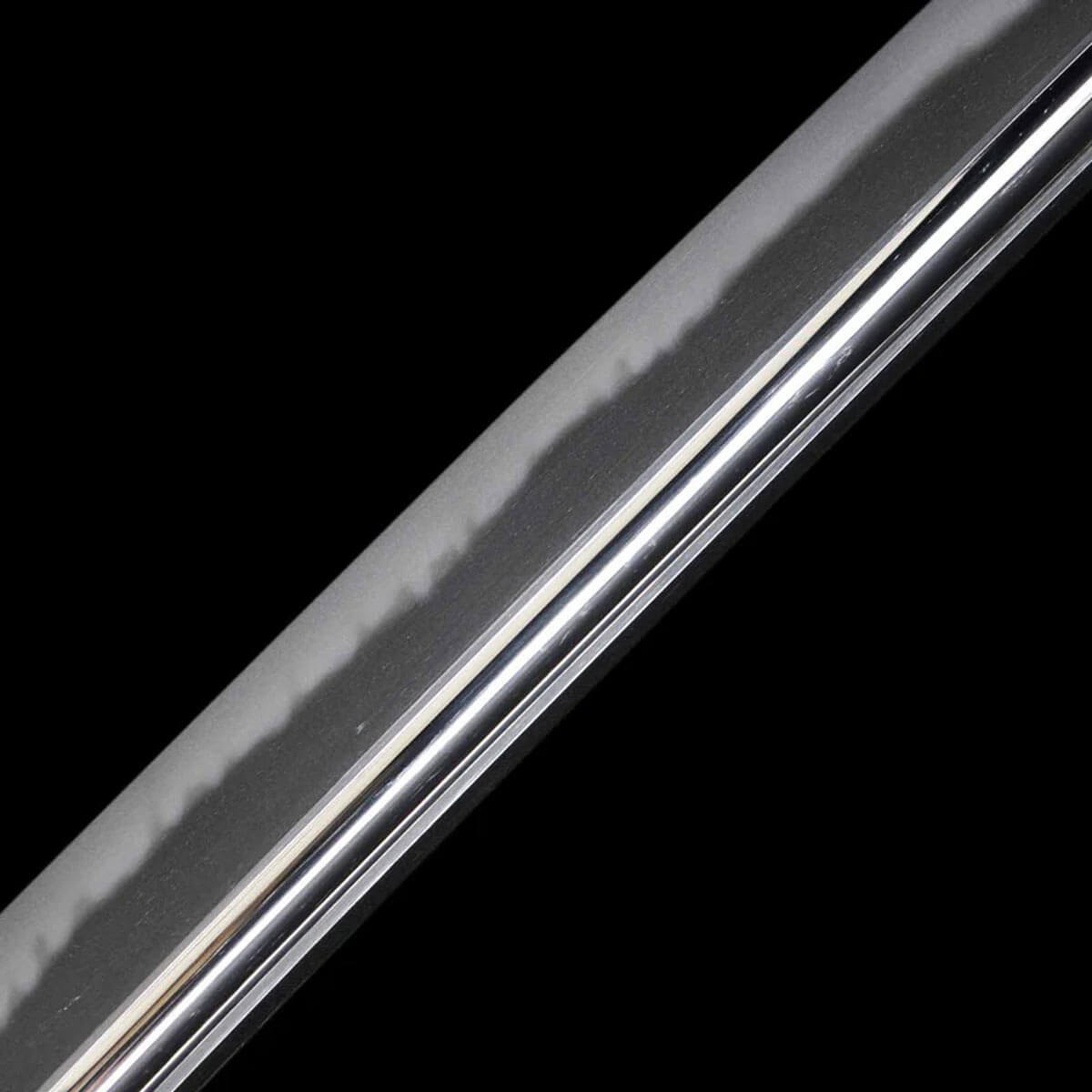
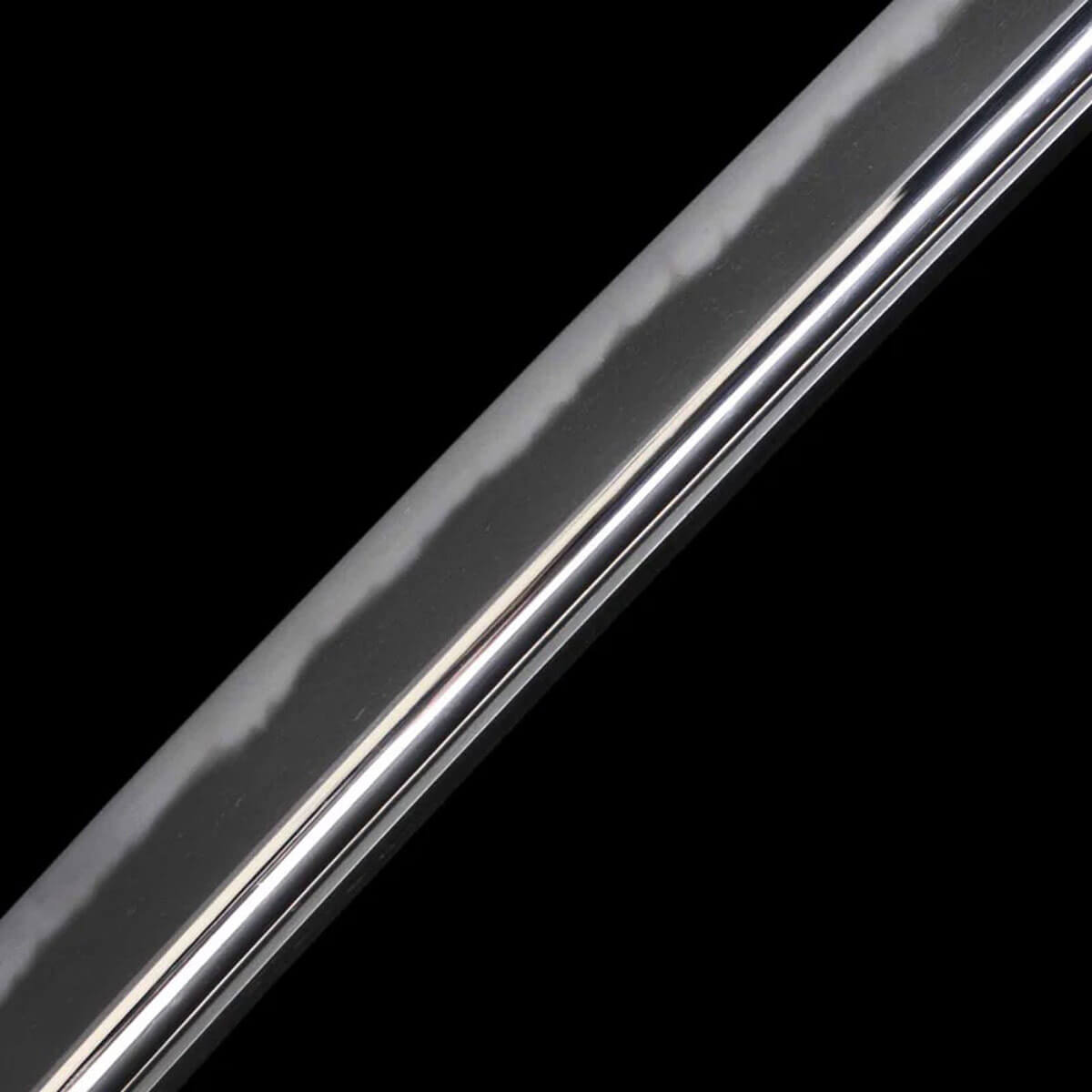
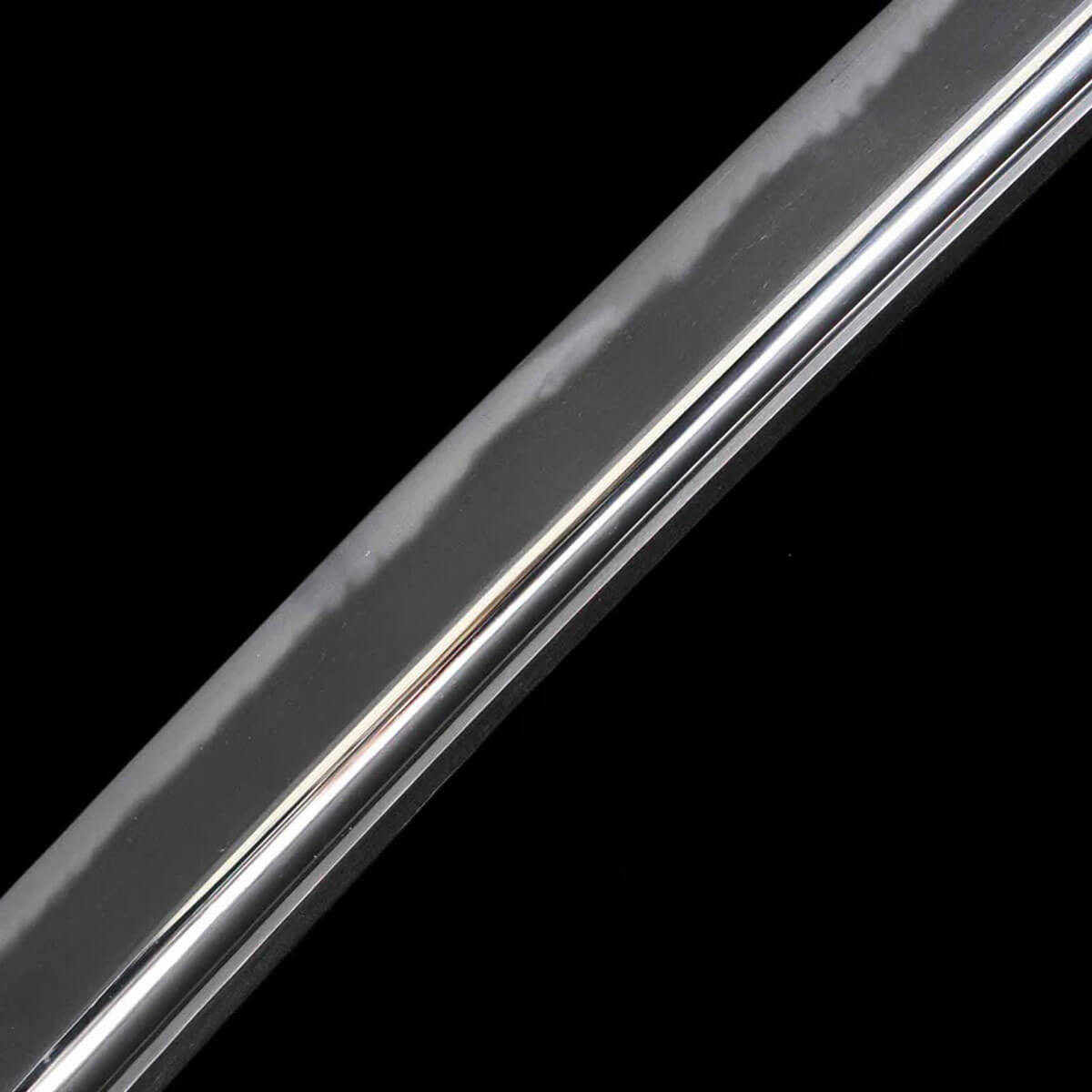
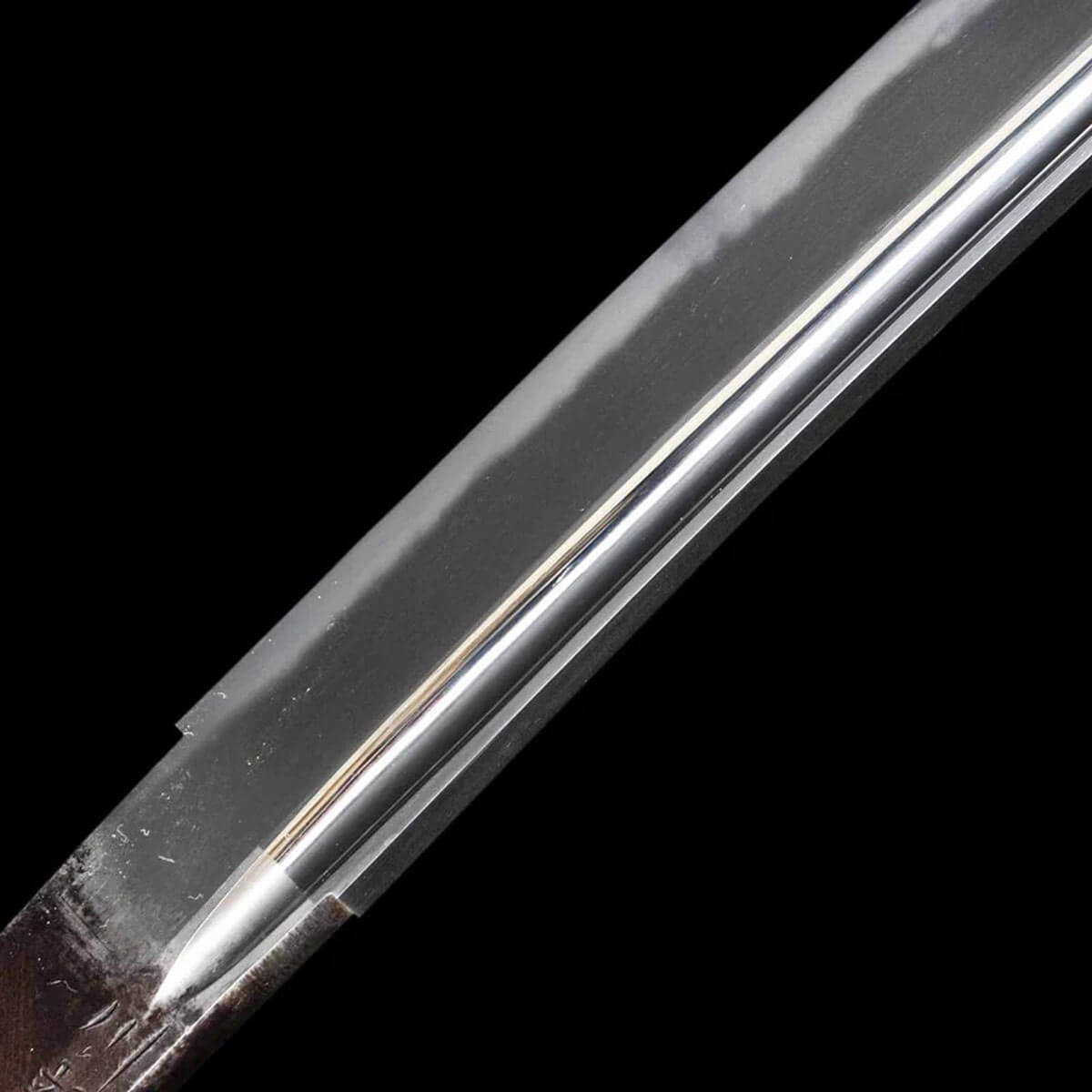
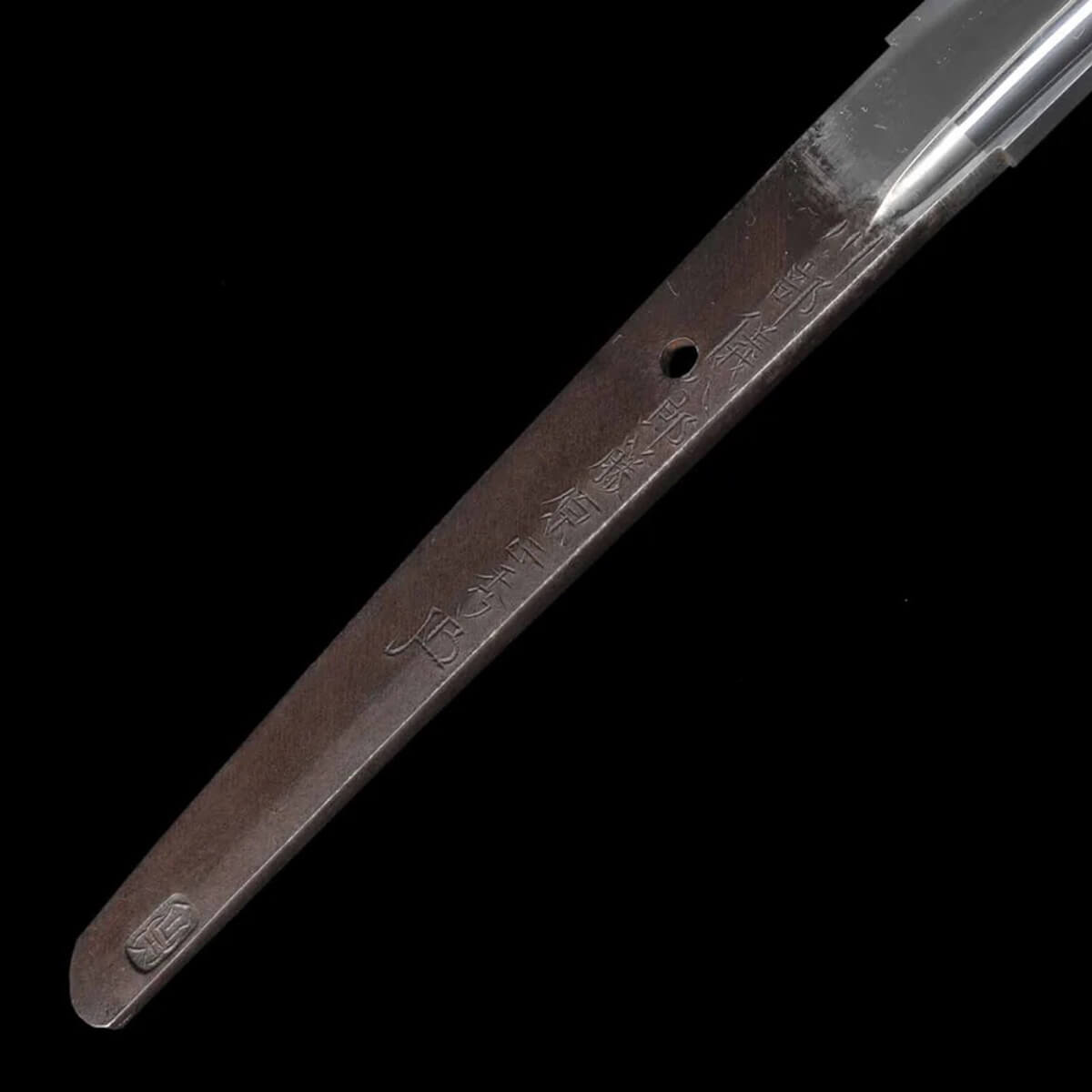
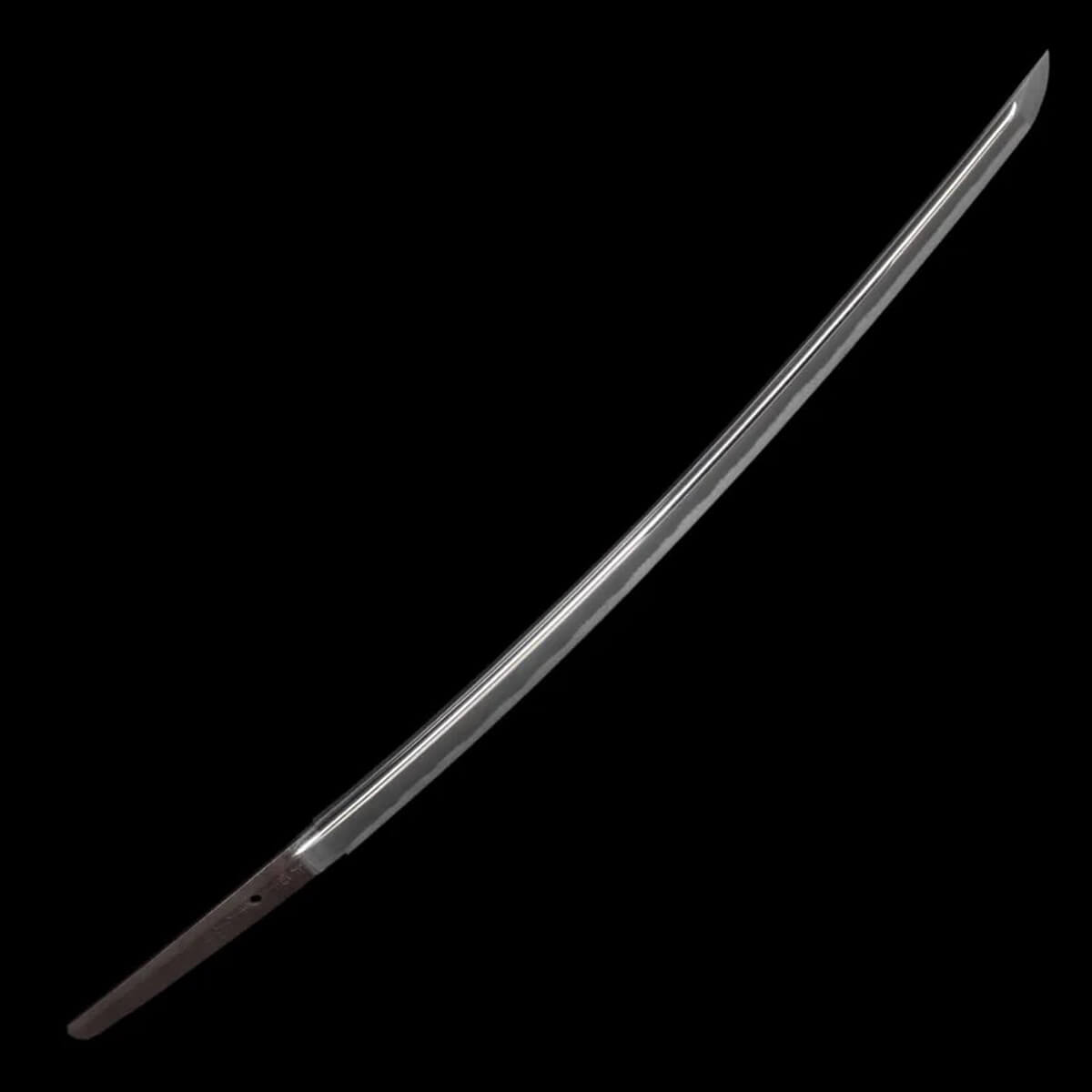
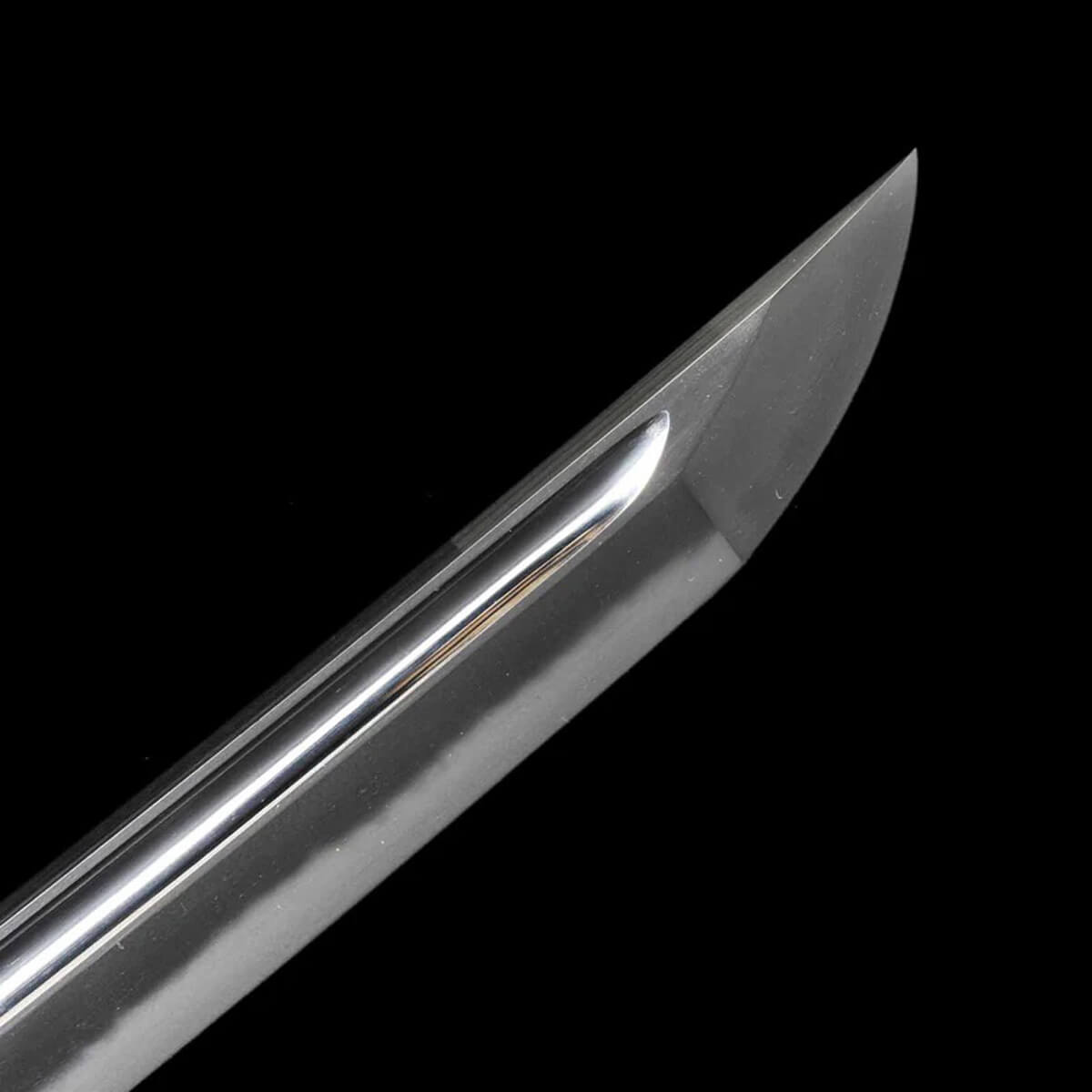
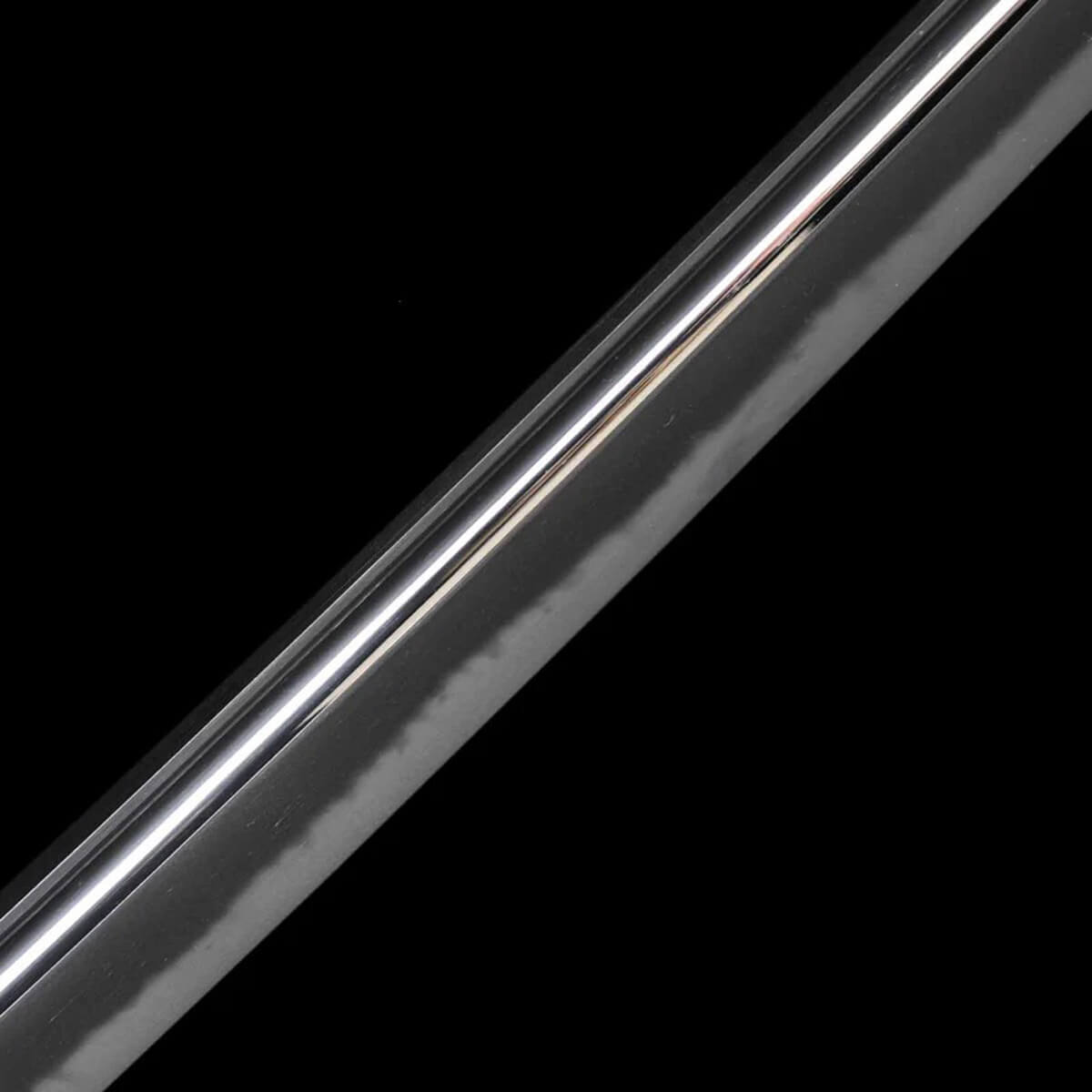
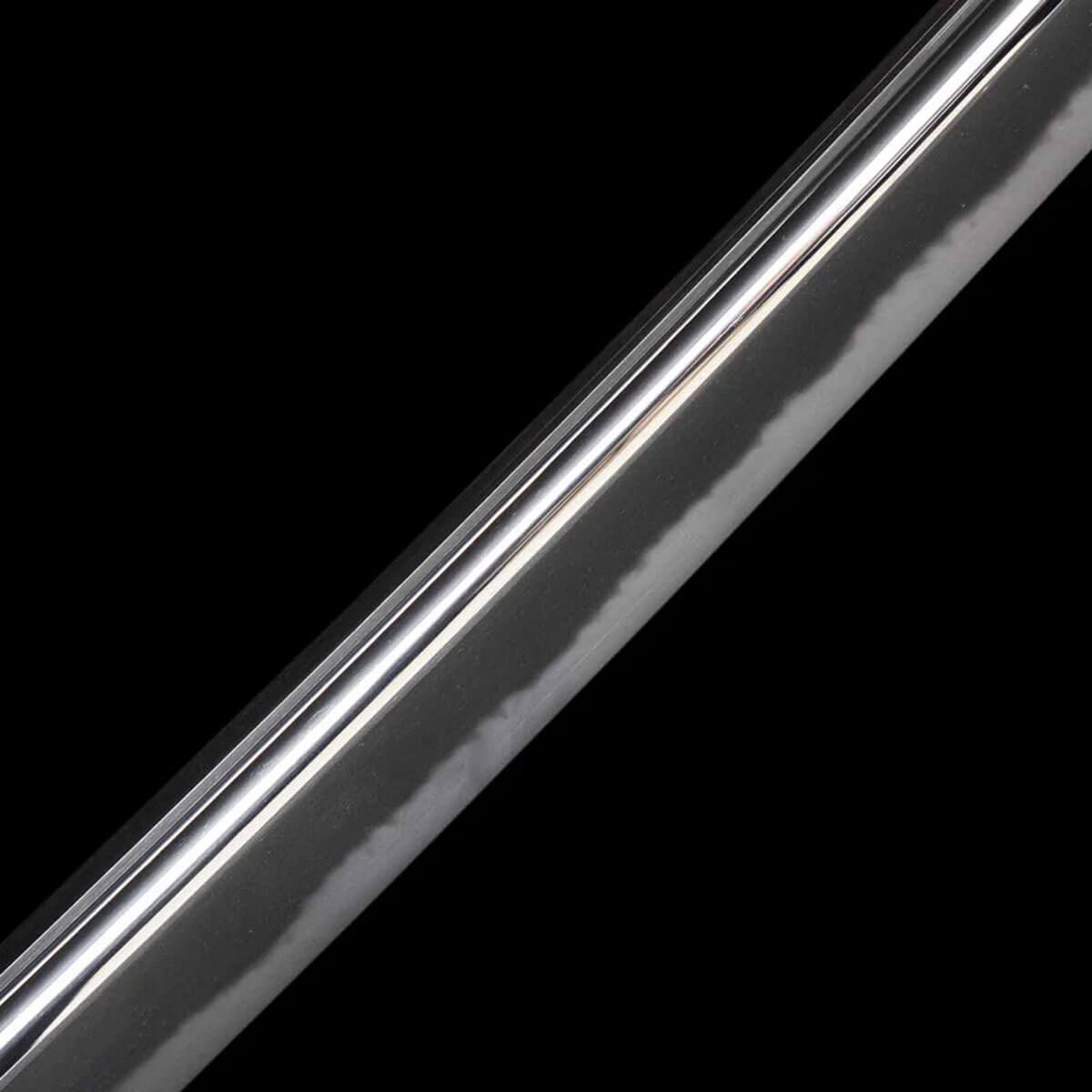
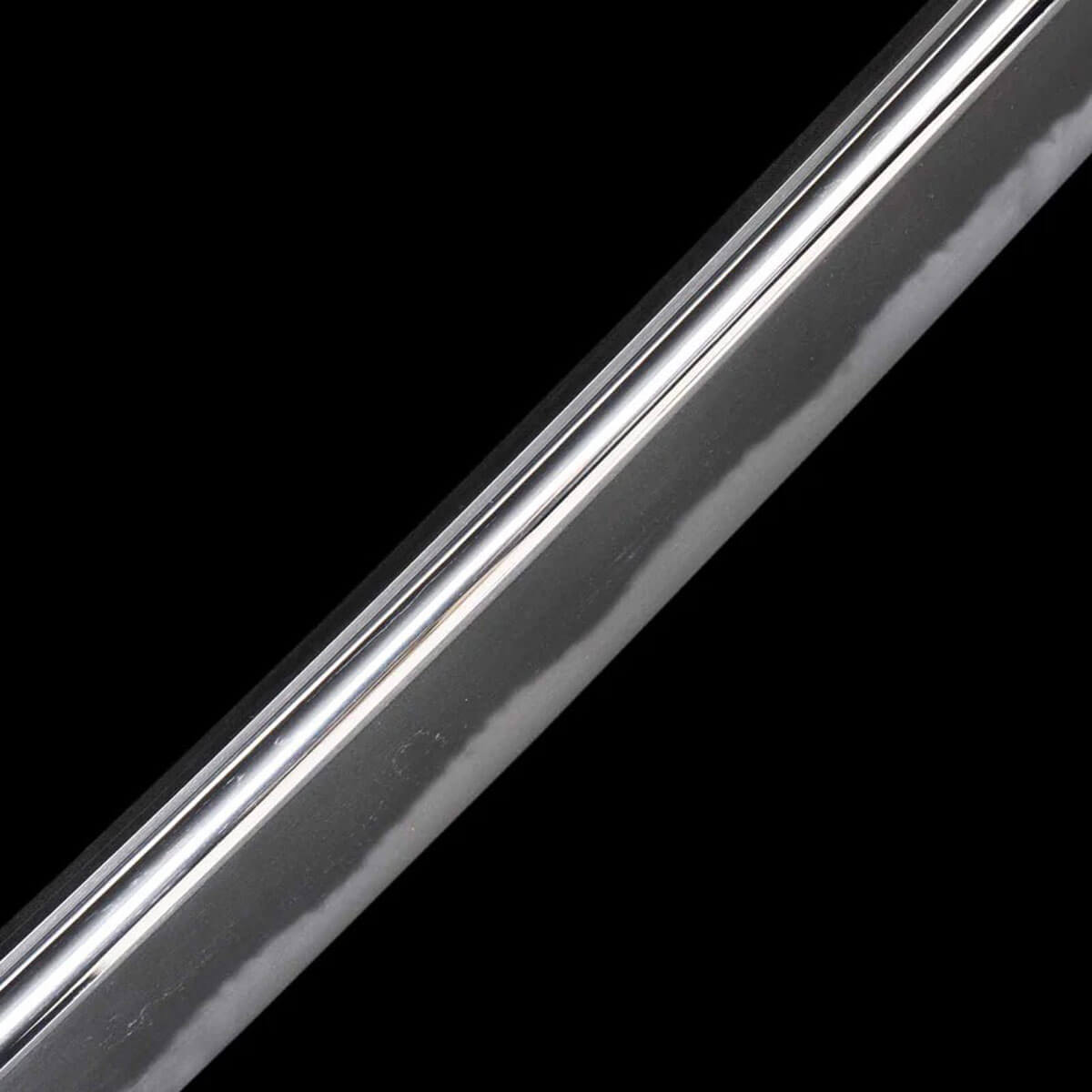
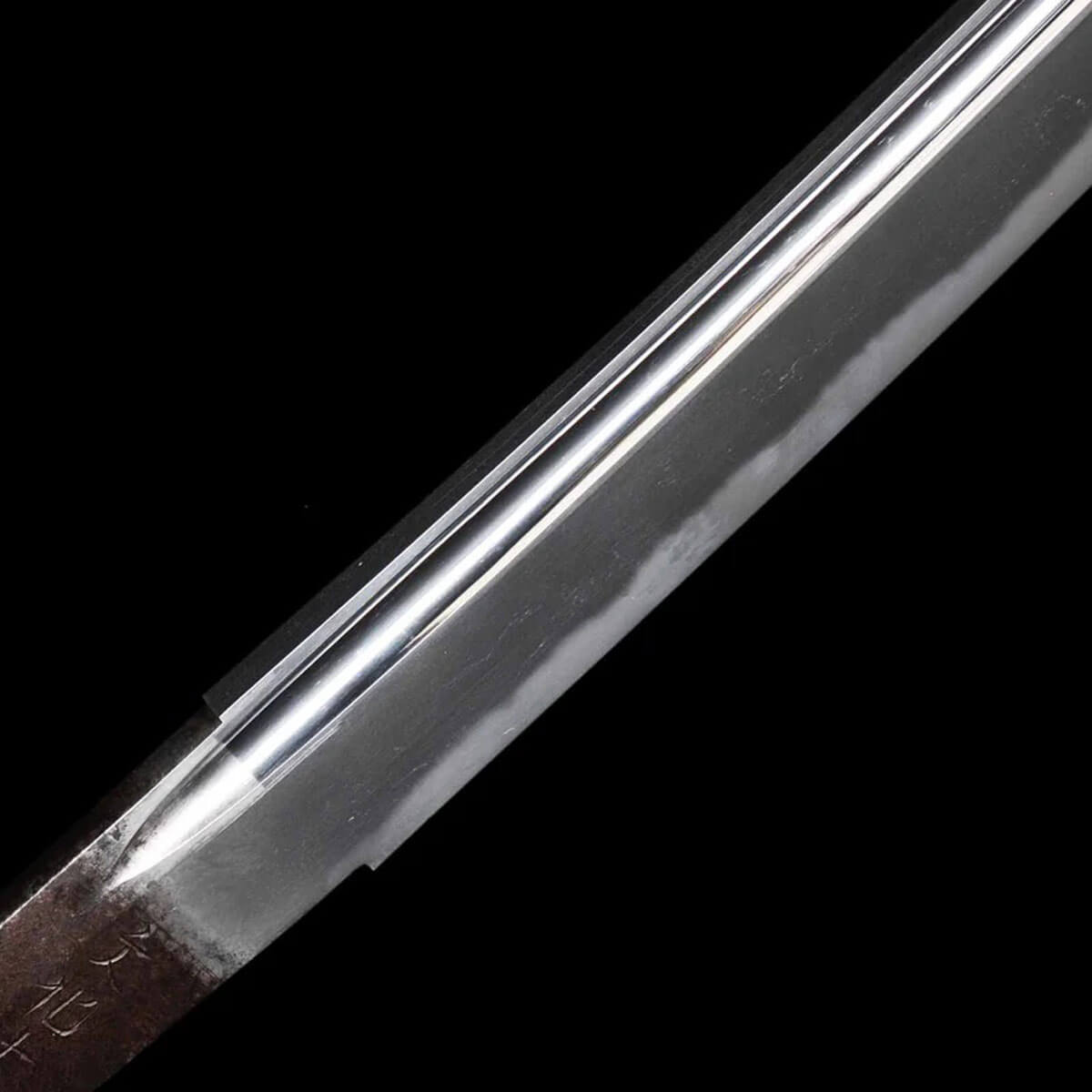
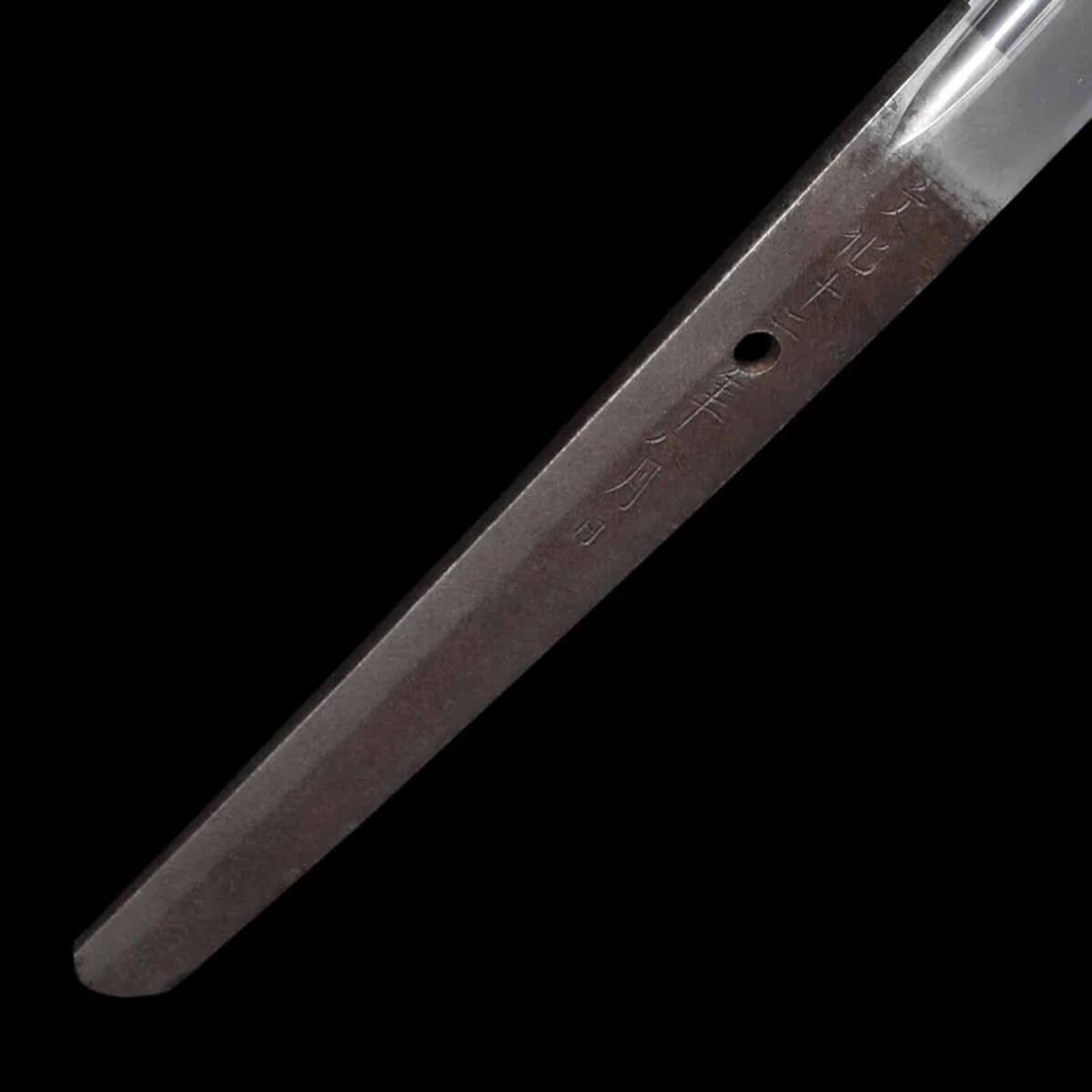
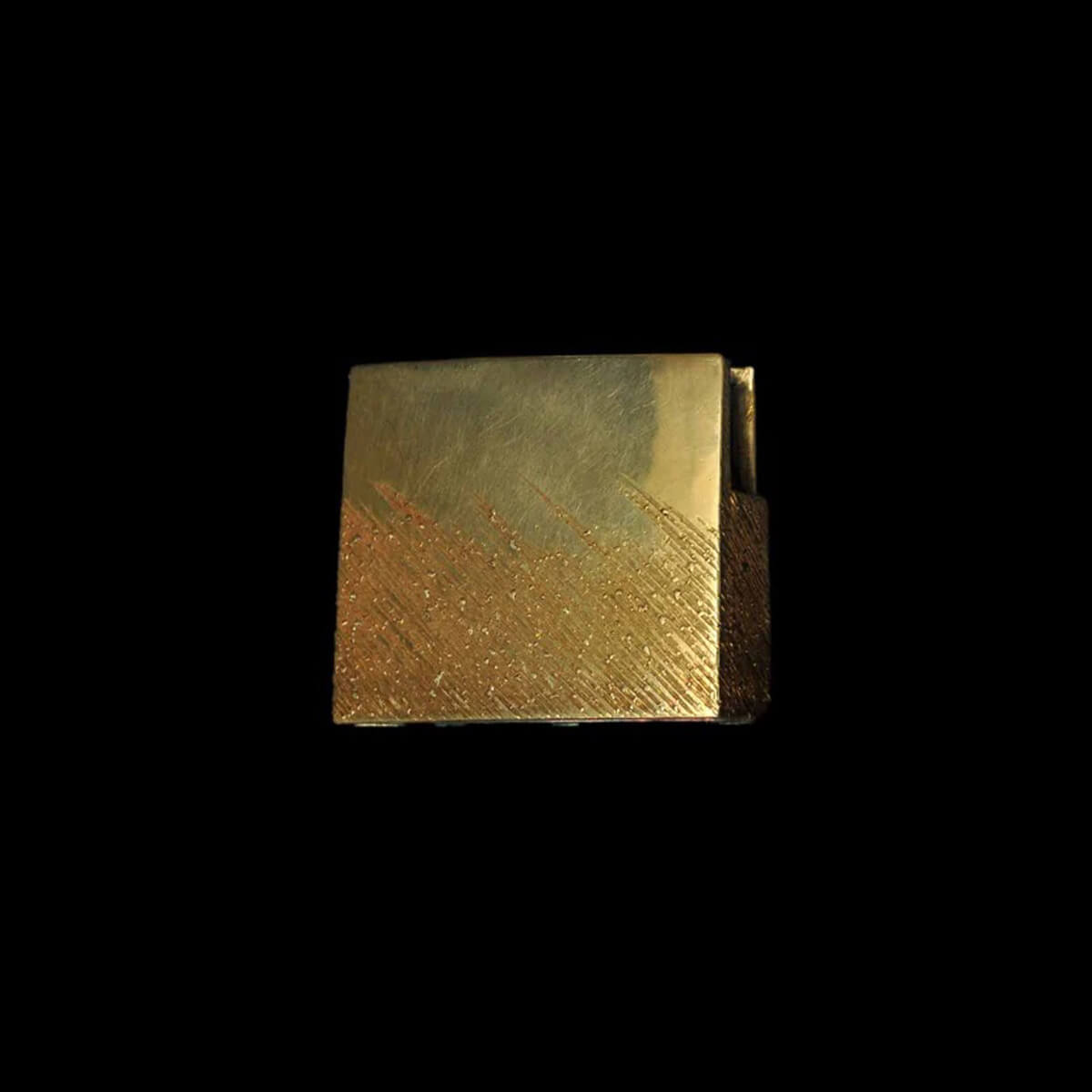
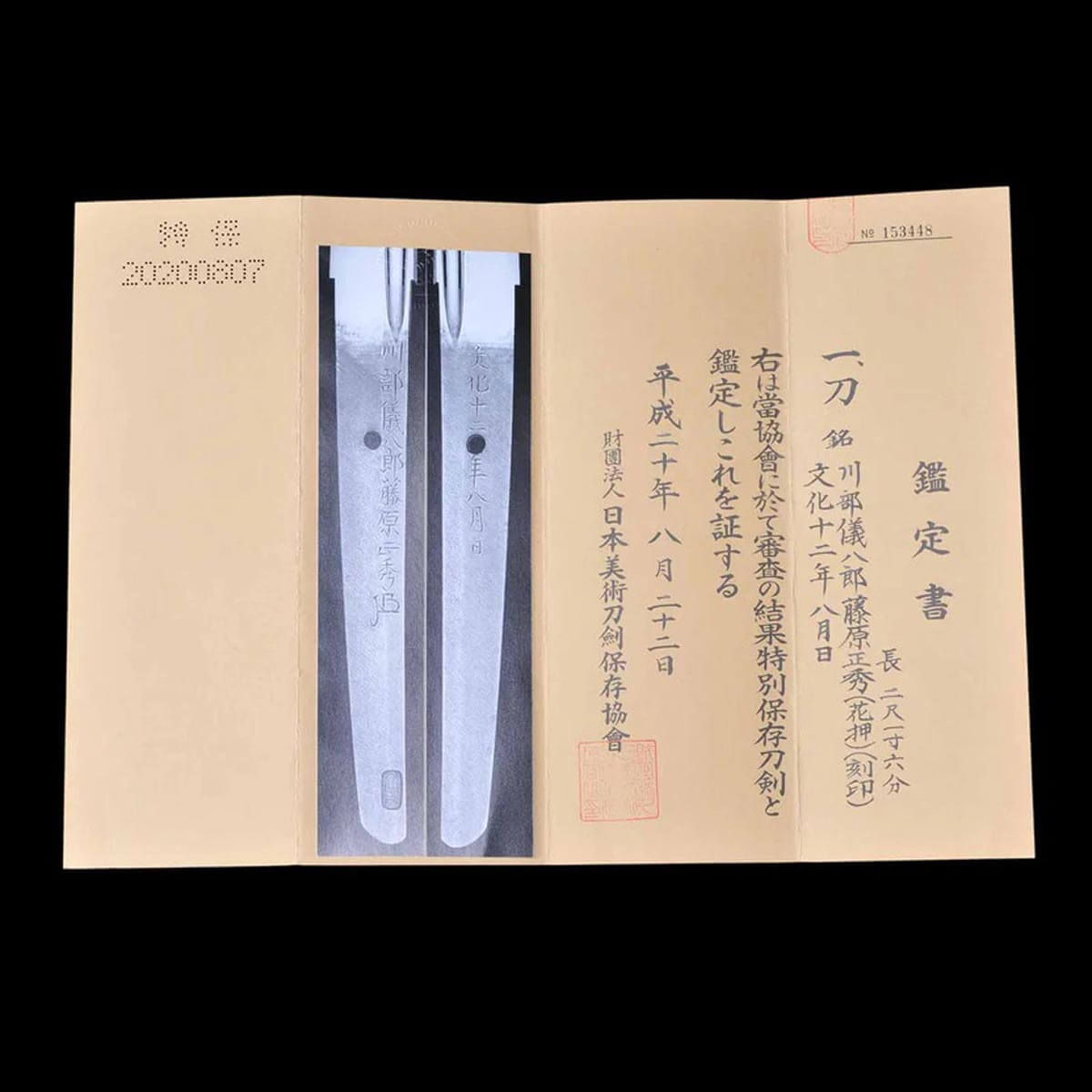
Reviews
There are no reviews yet.